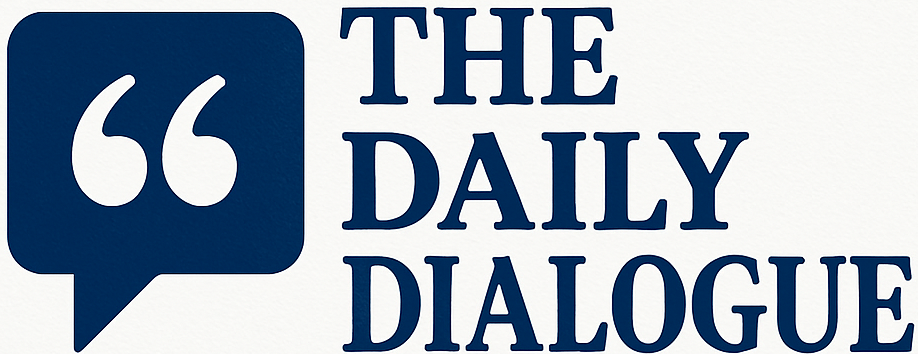Introduction: A Fragrance That Changed the World
For centuries, plants have been more than just food or shelter—they’ve been medicine, spiritual aids, and sources of well-being. In today’s wellness-driven world, essential oils (EOs) are no longer niche products reserved for herbalists or aromatherapists. They are mainstream. This rise of what many now call the “EO Pis revolution” (short for Essential Oils, Plant-Inspired Solutions) has reshaped how we approach health, beauty, and even household living.
But why are essential oils suddenly everywhere? From diffusers in yoga studios to drops of lavender oil for better sleep, this movement has exploded into a global industry worth billions. More importantly, it signals a deeper shift in how people view health—toward natural, plant-powered, and holistic solutions.
This article dives deep into the EO Pis revolution, explaining what it is, why it matters, and how it can transform everyday life.
What Exactly Is EO Pis?
The phrase EO Pis can be understood as a shorthand for “Essential Oils: Plant-Inspired Solutions.” It represents a growing cultural and scientific revolution that puts essential oils at the center of natural wellness.
Essential oils are concentrated plant extracts obtained through distillation or cold pressing. These oils capture the essence, fragrance, and therapeutic properties of plants in liquid form. For example:
- Lavender oil promotes relaxation and better sleep.
- Peppermint oil boosts focus and relieves headaches.
- Tea tree oil fights acne and supports skin health.
- Lemon oil refreshes, energizes, and even cleans surfaces naturally.
The EO Pis movement isn’t just about using oils—it’s about rethinking wellness. People are no longer content with synthetic chemicals or side-effect-heavy drugs. Instead, they’re seeking natural remedies that work with the body, not against it.
Why Essential Oils Are More Than a Trend
At first glance, essential oils might seem like another passing wellness fad. But the numbers tell a different story. The global essential oils market is expected to exceed $27 billion by 2030, driven by growing consumer demand for natural solutions.
The reasons behind this surge are clear:
- Holistic Health Awareness
Today’s consumers are better informed and less trusting of quick fixes. Essential oils offer preventive, lifestyle-based solutions for stress, immunity, and energy. - Scientific Backing
Once dismissed as “folk remedies,” essential oils are now being studied in clinical settings. Research supports benefits such as lavender’s ability to reduce anxiety or eucalyptus’s effectiveness in easing respiratory issues. - Eco-Friendly Living
Essential oils fit into the larger sustainability movement. They are biodegradable, plant-based, and often produced using eco-conscious farming methods. - Multi-Purpose Use
Unlike single-use products, essential oils are versatile. A single bottle of lemon oil can freshen a room, flavor water, disinfect a counter, and boost mood.
The revolution is about more than aroma—it’s about natural empowerment.
The Many Faces of EO Pis in Daily Life
The EO Pis revolution touches nearly every corner of modern living. Here’s where essential oils are making the biggest impact:
1. Wellness and Mental Health
Stress and anxiety are modern epidemics. Essential oils like lavender, chamomile, and sandalwood are proven to calm the nervous system. Many use diffusers at home or roll-on blends for stress relief during the day.
2. Skincare and Beauty
Natural beauty lovers are replacing harsh chemicals with essential oils. Tea tree oil clears acne, rose oil hydrates skin, and frankincense oil reduces wrinkles. They’re often added to serums, creams, and DIY masks.
3. Home Cleaning
Forget toxic sprays. Lemon, eucalyptus, and clove oil can disinfect naturally while leaving a fresh scent. They also fight mold and bacteria without harming the environment.
4. Physical Health and First Aid
Peppermint oil for headaches, ginger oil for digestion, or oregano oil for immunity—these remedies are small but powerful additions to a natural first-aid kit.
5. Spiritual and Emotional Practices
For centuries, essential oils have been used in meditation, rituals, and spiritual practices. Frankincense, myrrh, and sandalwood are still staples in creating calming, sacred spaces.
The Science Behind the Oils
Skeptics often ask: Do essential oils really work? The answer lies in both chemistry and biology.
How They Work
Essential oils contain active compounds like terpenes, esters, phenols, and ketones. These molecules interact with the body in two ways:
- Through smell (olfactory system): Aromas directly influence the limbic system—the brain’s emotional center—affecting mood, stress, and memory.
- Through skin absorption: Compounds penetrate the skin and enter the bloodstream, delivering therapeutic effects like reducing inflammation or boosting immunity.
Backed by Research
- Lavender oil: Studies show it reduces anxiety as effectively as some prescription drugs—without side effects.
- Tea tree oil: Clinically proven to fight acne-causing bacteria.
- Peppermint oil: Shown to relieve IBS symptoms in medical trials.
While more research is needed, science increasingly validates what traditional healers knew all along: plants heal.
The Future of the EO Pis Revolution
The EO Pis movement isn’t slowing down—it’s just beginning. Several key trends define its future:
- Integration with Modern Medicine
Hospitals are experimenting with aromatherapy to reduce patient anxiety and improve recovery. Essential oils may soon complement mainstream treatments. - Personalized Wellness
With apps and AI, individuals will soon get personalized essential oil recommendations tailored to mood, health needs, and lifestyle. - Sustainable Farming and Fair Trade
Ethical sourcing is becoming vital. Companies are focusing on supporting local farmers and using regenerative farming methods. - Global Accessibility
What was once luxury is now widely available. From drugstores to online platforms, essential oils are reaching households worldwide.
Final Thoughts
The EO Pis revolution isn’t about rejecting modern medicine—it’s about balance. It’s about reclaiming ancient wisdom, blending it with modern science, and using it to improve daily life. Whether you’re diffusing lavender oil before bed, cleaning your kitchen with lemon oil, or easing stress with frankincense, essential oils offer plant-powered solutions that are too impactful to ignore.
As the world seeks healthier, more sustainable lifestyles, one truth is clear: Essential oils are no longer a side note—they are a revolution.
read more thedailydialogue.com





